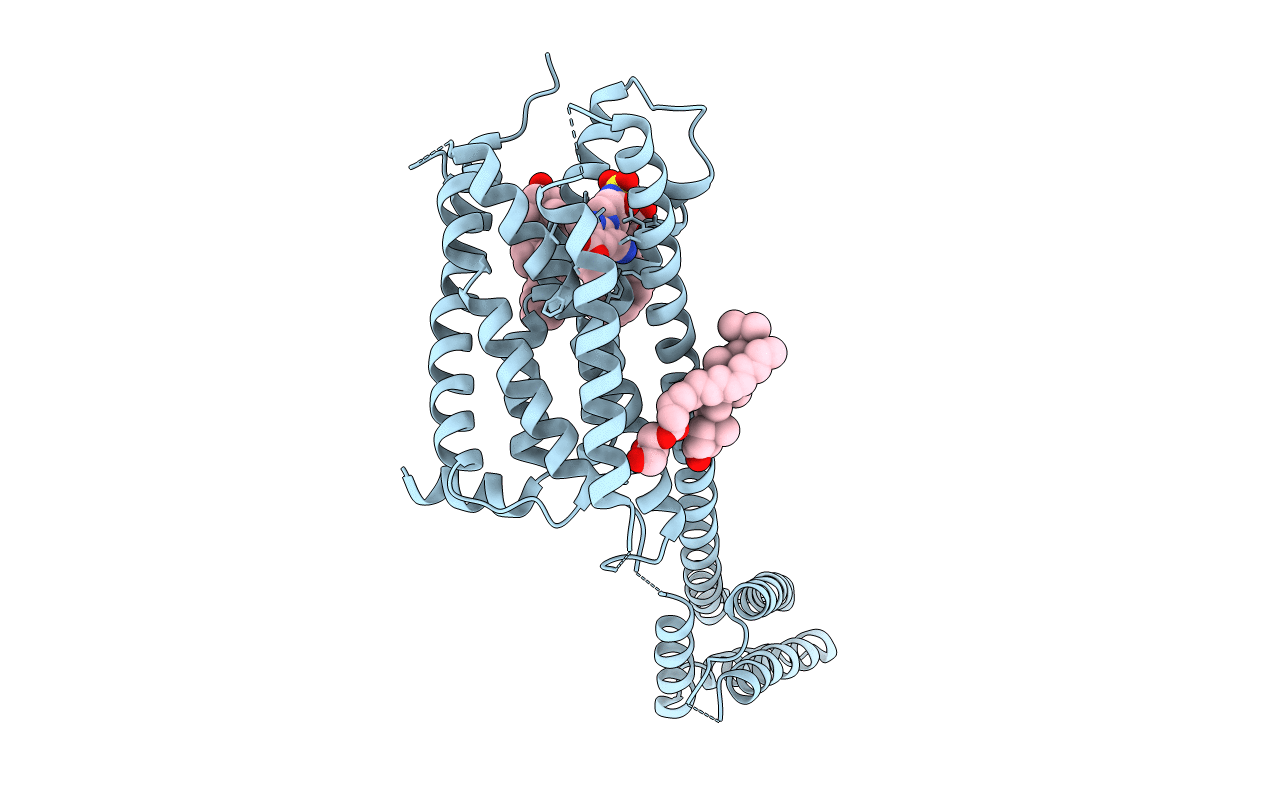
Deposition Date
2013-12-02
Release Date
2014-03-26
Last Version Date
2024-11-06
Entry Detail
PDB ID:
4NTJ
Keywords:
Title:
Structure of the human P2Y12 receptor in complex with an antithrombotic drug
Biological Source:
Source Organism:
Homo sapiens (Taxon ID: 9606)
Escherichia coli (Taxon ID: 562)
Escherichia coli (Taxon ID: 562)
Host Organism:
Method Details:
Experimental Method:
Resolution:
2.62 Å
R-Value Free:
0.24
R-Value Work:
0.21
R-Value Observed:
0.22
Space Group:
C 1 2 1


